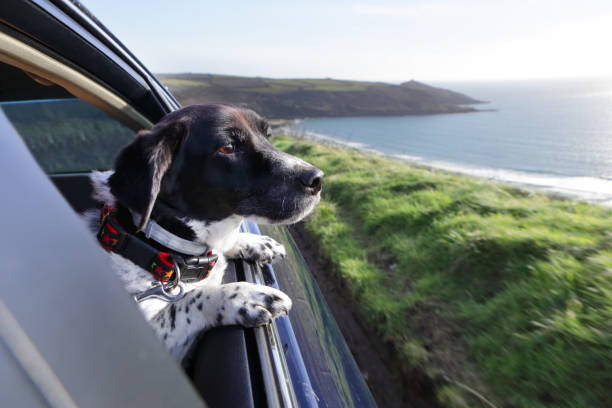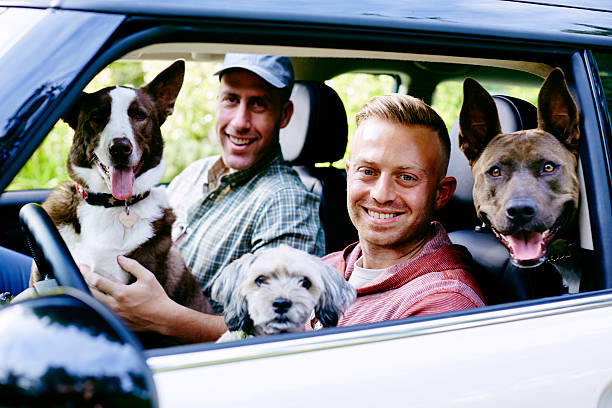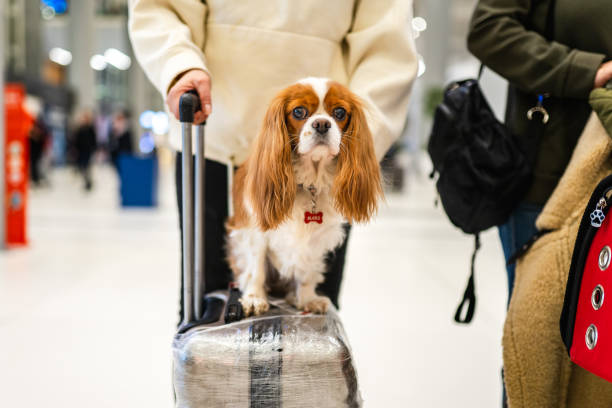Pet travel, whether short distance or long distance, needs to be well planned in advance to make your pets safe and comfortable. Ground transport provides a safe method to transport your pets without causing undue stress. Using appropriate pet-friendly vehicles, maintaining climate control, and employing safety restraints are some of the major factors that make the journey of your pet smooth and safe.
Selecting Pet-Friendly Vehicles
Not all cars accommodate pets. While choosing a mode of land travel, care must be taken that the vehicle used is commodious, ventilated, and accommodating for pets.
- Special Pet Transportation Services
Numerous pet moving companies use pet-friendly vehicles made specifically to move animals. They are ventilated, well-enclosed, and air-conditioned or air-heated so that animals travel in comfort.
- Personal Cars
If you’re driving your pet in your own vehicle, look for a vehicle with sufficient room, like an SUV or station wagon, where your pet can lie or sit easily. Minivans also work well since they have space for travel crates and bedding.
- Rideshare and Taxi Services
Certain rideshare companies and taxi firms now provide pet-friendly ride services. Still, it is always wise to check ahead of time if pets are permitted and if there are any special requirements, like travel crates.
Climate Control for Pet Comfort
Keeping the interior of the vehicle at an ideal temperature is important, as pets can overheat or get too cold too fast when traveling.
- Temperature Regulation
– On warm days, make sure air conditioning is operational and cool air is delivered to your pet’s resting place. Never leave animals in a locked car, because temperatures can elevate very quickly inside.
– In cold temperatures, keep the climate warm but at a distance from heating vents since excessive heat has a dehydrating effect on pets.
- Appropriate Ventilation
– Make sure that fresh air circulates in the vehicle by opening windows slightly or using intrinsic air vents.
– If your pet is a travel crate, ensure it is ventilated well and placed away from direct sun or over-powering airflow.
- Hydration and Breaks
– Pack loads of water for your pet, particularly when traveling long distances.
– Schedule frequent breaks (every 2-3 hours) for your pet to stretch, relieve itself, and have water.
Safety Restraints for Safe Travel
Pets without restraints pose a distraction to drivers and are at risk of harm in the event of an abrupt stop or accident. Safety restraints keep pets safe during transportation.
- Pet Seat Belts and Harnesses
– Special pet seat belts strap onto a pet’s harness, limiting movement but providing comfort.
– Never use collars with seat belts, as they can lead to neck injuries in the event of impact.
- Travel Crates and Carriers
– A well-ventilated, crash-tested crate is a good choice for small pets.
– Make sure that the crate is mounted firmly in the car to keep it from moving during sudden stops.
- Barrier Protectors
– In larger vehicles like SUVs, pet barriers can separate the back seat or cargo area, giving pets room to move while keeping them contained.
Final Tips for Stress-Free Travel
- Prepare in advance – Familiarize your pet with the vehicle by taking short trips before long journeys.
- Use calming techniques – Some pets may experience travel anxiety. Consider using pet-friendly calming sprays or bringing their favorite toy or blanket.
- Avoid feeding close to traveling time – Feed your pet at least 2-3 hours prior to traveling to avoid motion sickness.
Conclusion
Safe and comfortable ground transport for pets requires planning and consideration of their requirements. With pet-friendly vehicles, climate control, and safety restraints, you can ensure travel comfort for you and your pet. Whether relocating to a new city or going on a road trip, keeping your pet safe and comfortable will make the journey enjoyable.




